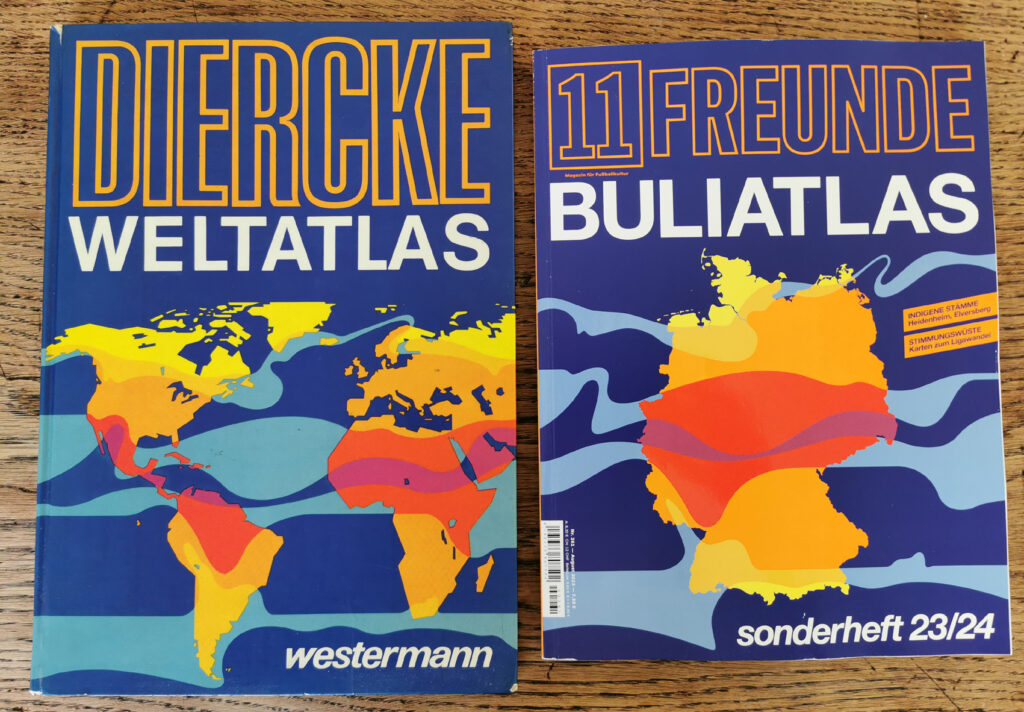Evidence is rushing in – printed is better
There has been some confirmations before that printed is better for learning, now governments are taking action. In September 2023 the Swedish government reversed its decision by the National Agency for Education to make digital devices mandatory in preschools and instead focus more on printed materials. It plans to go further and to completely end digital learning for children under the age 6. It follows a drop in the reading scores of pupils since 2016. The government even set 60 million euros aside for book purchases for the country’s schools this year.
The decision follows expert advice from the renowned Karolinska Institute that highlighted the lack of substantiated positive findings and emphasized the significant negative effects of digitizing schools on students’ knowledge acquisition. “There’s clear scientific evidence that digital tools impair rather than enhance student learning,”
